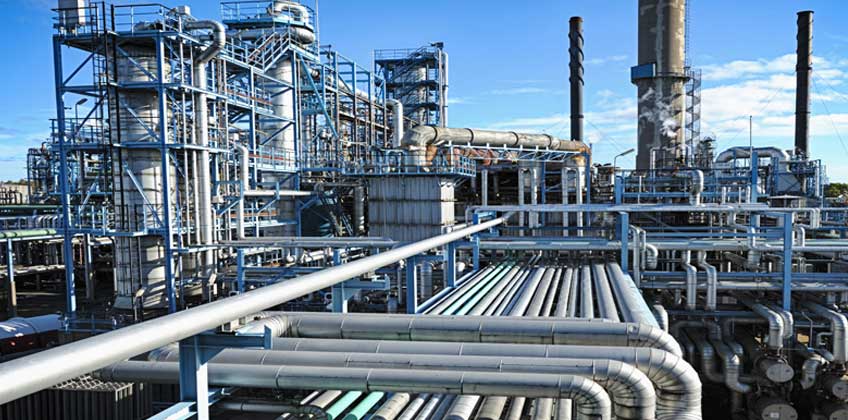Here is the definitive guide that will help buyers to improve their buying experience of understanding the standards for procuring pipes for oil & gas industry. As Oil & guys industries and its applications have developed unique classifications and specifications for the pipe destined for service in those sectors.
ASTM and ASME
ASTM is stands for American Society of Testing and Methods and ASME specs American Society of Mechanical Engineers (ASME). They are very similar and identical; an important difference is that pipe meant for use in pressure systems sometimes requires different or additional quality tests before it complies with the ASME standard.
For example, A106 B is a spec published by ASTM (the ASME spec would be SA106 B). The “A” designates a ferrous material. ‘106’ is an arbitrary number that designates it as a seamless carbon steel pipe suited for high-temperature service. Then, grades (such as A, B or C) are assigned that indicate certain characteristics of the steel based on differences in its chemical makeup and mechanical properties.
AISI and SAE
The American Iron and Steel Institute (AISI) and the Society of Automotive Engineers (SAE) share a numbering framework to arrange steels. AISI/SAE standards just portray the chemical substance of a steel. They do exclude producing, heat treating or testing data.
Utilizing 1020 steel for instance, the principal digit communicates the steel as plain carbon steel. The second digit demonstrates there are no additional compounds. The last two digits show the steel has around 0.20 percent carbon content.
For another case, prominent steel in the Oil & guys industries is 4130. The ’41’ demonstrates the steel contains chromium and molybdenum compounds. The ’30’ shows the steel has around 0.30 percent carbon content.
Once more, AISI/SAE just order steels. For instance, a purchaser who says, “I require 100 feet of 4130” has not sufficiently given data. The buyer additionally needs to give specific production and testing information found in an ASTM or ASME spec to get exactly the pipe they need.
API
Pipe for use in the oil and gas industry are characterized by the American Petroleum Institute’s (API) standard. API 5L is the most widely recognized standard to which line pipe in the oil and natural gas industry is evaluated. Since that is just a standard, extra data is expected to ensure purchase orders are executed precisely.
API 5L is separated into PSL1 and PSL2 conveyance conditions; those conditions are additionally separated into pipe grades. For example Grade B, X42, X52, X65, and so on.
Leoscor Alloys have very skilled experts to help identify exactly what you need across all grades of steel pipes and its applications. Call us now or check our product categories to gather more information about pipe standards and its grades used in Oil & guys industry.

